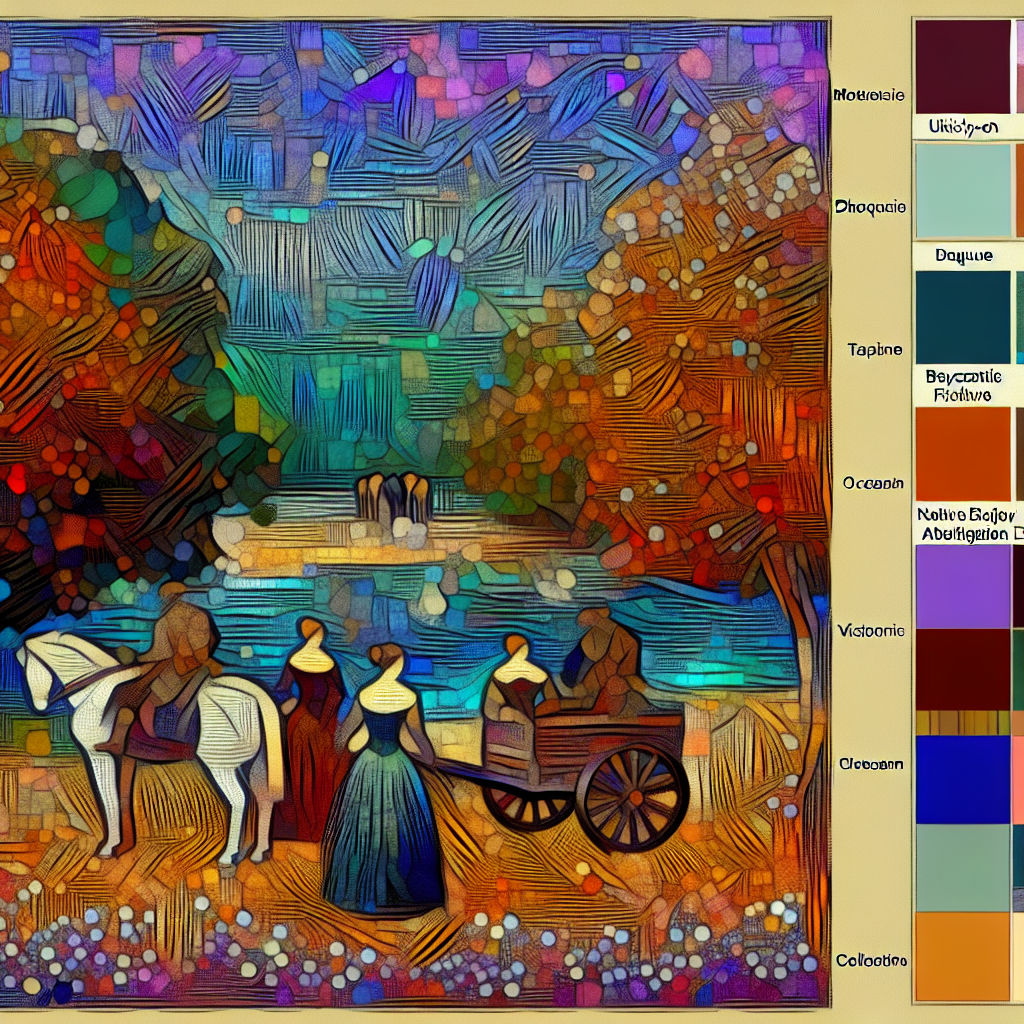In a world rapidly embracing digital transformation, decentralized applications (DApps) have emerged as a beacon of innovation.
These blockchain-based applications promise transparency, security, and autonomy, making them a tantalizing prospect for developers and users alike. If you’re a beginner looking to dive into this fascinating realm, this guide will illuminate the path to building your first DApp.
Understanding the Essence of DApps
Before delving into the intricacies of development, it’s crucial to grasp what DApps are. Unlike traditional applications that rely on centralized servers, DApps operate on a decentralized network of nodes. This fundamental difference ensures that no single entity has control, fostering a trustless and immutable environment.
The Pillars of a DApp
To build a DApp, one must understand its core components: the blockchain, smart contracts, and the user interface. The blockchain serves as the backbone, a distributed ledger that records transactions. Smart contracts, self-executing contracts with the terms directly written into code, act as the business logic. Finally, the user interface provides the bridge for interaction, often resembling conventional web or mobile apps.
Choosing the Right Blockchain
The choice of blockchain can significantly impact your DApp’s functionality and reach. Ethereum is a popular choice, renowned for its robust smart contract capabilities. However, alternatives like Binance Smart Chain, Polkadot, and Cardano offer unique advantages. Factor in elements such as transaction fees, scalability, and community support when making your decision.
Setting Up the Development Environment
Embarking on your DApp journey necessitates a solid development environment. Begin by installing essential tools like Node.js and npm (Node Package Manager). These tools enable you to manage dependencies and run scripts. Next, integrate Truffle, a development framework for Ethereum, which simplifies smart contract compilation, deployment, and testing. Additionally, Ganache provides a personal Ethereum blockchain for local testing, ensuring a seamless development process.
Crafting Smart Contracts
Smart contracts are the linchpin of any DApp. Written in Solidity, Ethereum’s programming language, these contracts dictate the application’s behavior. Start by defining the contract structure, including state variables, functions, and events. Leverage Solidity’s robust type system to ensure data integrity. Deploy your smart contract to the blockchain using Truffle, and verify its functionality through comprehensive testing.
Building the User Interface
A compelling user interface is paramount for user engagement. Leverage front-end technologies such as React or Angular to create a responsive and intuitive design. Integrate Web3.js, a JavaScript library that facilitates interaction with the Ethereum blockchain. This integration allows users to seamlessly interact with your DApp, from executing transactions to querying blockchain data.
Ensuring Security and Compliance
Security is paramount in the world of DApps. Conduct thorough audits of your smart contracts to identify potential vulnerabilities. Employ tools like MythX and Slither to automate security analysis. Furthermore, adhere to regulatory guidelines to ensure compliance. The decentralized nature of DApps doesn’t exempt them from legal scrutiny; staying informed about evolving regulations is crucial.
Deploying Your DApp
With the development complete, it’s time to deploy your DApp. Choose a reliable blockchain network and execute the deployment process. Tools like Infura facilitate interaction with the Ethereum network without running a full node. Monitor the deployment to ensure a smooth transition from development to production.
Fostering Community Engagement
A thriving community can propel your DApp to new heights. Engage with users through forums, social media, and dedicated platforms like Discord or Telegram. Solicit feedback to refine your application and address any issues promptly. Community engagement fosters trust and loyalty, essential ingredients for long-term success.
Navigating Future Trends
The landscape of DApps is ever-evolving. Stay abreast of emerging trends such as layer-2 scaling solutions, interoperability protocols, and decentralized finance (DeFi) innovations. These trends can offer new avenues for enhancing your DApp’s functionality and user experience.
The Journey Ahead
Building a DApp is a journey of discovery and innovation. As you embark on this path, remember that the decentralized ethos is built on collaboration and collective progress. Each line of code, each user interaction, contributes to a broader vision of a decentralized future. Embrace the challenges, celebrate the milestones, and continue to push the boundaries of what’s possible in the world of DApps.


